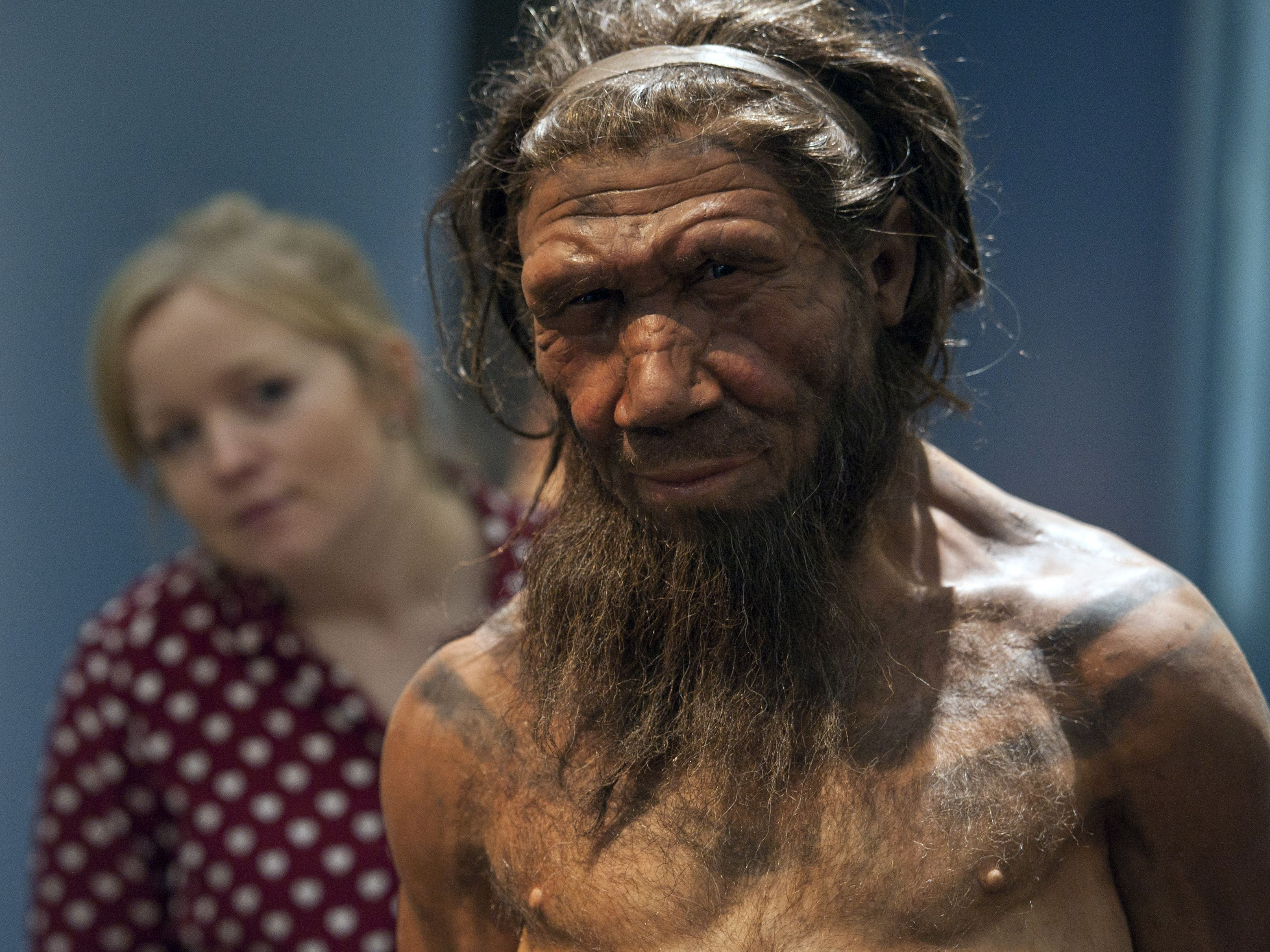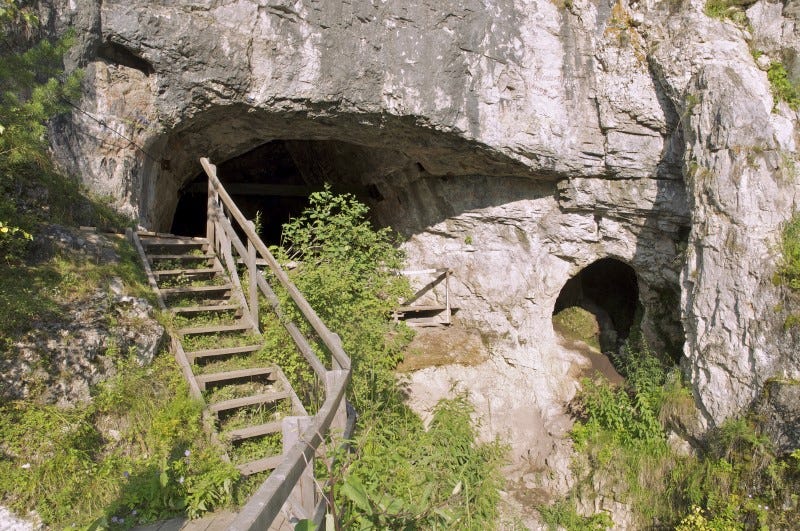- Our human evolutionary lineage includes many species and relatives, including Neanderthals and Denisovans.
- Scientists already knew that modern humans interbred with Neanderthals and Denisovans 40,000 to 60,000 years ago.
- But a new study showed that the ancestors of Neanderthals and Denisovans also interbred with a mysterious population of ancient humans in Eurasia much earlier: 700,000 years ago.
- It’s the earliest known example of mating between different human populations.
- Visit Business Insider’s homepage for more stories.
Our evolutionary history is full of interspecies sex.
Different human ancestor species seem to have mingled and mated far more than anthropologists previously realized. Neanderthals interbred with modern humans. Homo sapiens had sex with Denisovans. And 700,000 years ago, according to a new study, a population of ancient humans mated with a distinct unknown population that had separated from other human species at least 1 million years prior.
“This continues the story that we’ve been seeing in studies throughout the past decade: There’s lots more interbreeding between lots of human populations than we were aware of ever before,” Alan Rogers, an anthropologist and the lead author of the new study, told Business Insider. “This discovery has pushed the time depth of those interbreedings much further back.”
According to his team’s research, published today in the journal Science Advances, the newly discovered interbreeding event took place in Eurasia, and it represents the earliest known example of mating between different populations of ancient humans.
The analysis, which compared DNA from Neanderthals, Denisovans, and modern humans from Europe and Africa, lends further credence to the idea that our ancestors' genes (and our own) came from myriad sources.
The oldest episode of interbreeding in the anthropological record
When geneticists finished sequencing the Neanderthal genome in 2010, they realized that Neanderthals had interbred with modern humans between 40,000 and 60,000 years ago. Then a 2018 study showed that Denisovans - which disappeared about 50,000 years ago - passed on some of their genes to Homo sapiens.
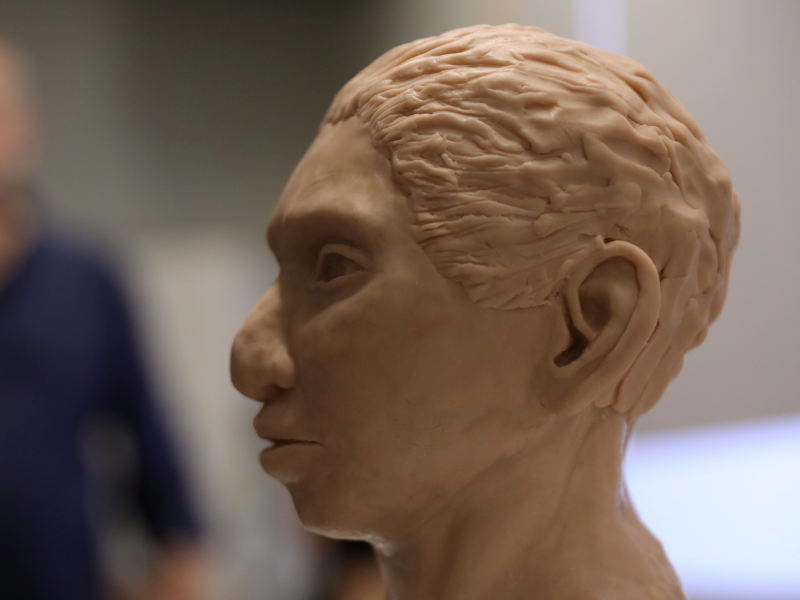
But the interbreeding event that Rogers and his colleagues found was far, far older. In that case, a group of humans who were ancestors of both Neanderthals and Denisovans (the study authors nicknamed them "neandersovans") interbred with their predecessor species about 744,000 years ago.
Those predecessors, in turn, were part of a "superarchaic" group in Eurasia that was between 20,000 and 50,000 people in size.
A major implication of the study, then, is that human populations migrated from Africa to Eurasia three times during our long evolutionary history: once 1.9 million years ago, again 700,000 years ago, and then a final time 50,000 years ago.
The first of these waves involved the "superarchaics." Then the neandersovans followed 700,000 years ago; they likely separated from the modern human lineage before they migrated north, the study said.
As that second wave of ancestors moved into Eurasia, the researchers wrote, they likely "interbred with indigenous Eurasians, largely replaced them, and separated into eastern and western subpopulations - Denisovans and Neanderthals."
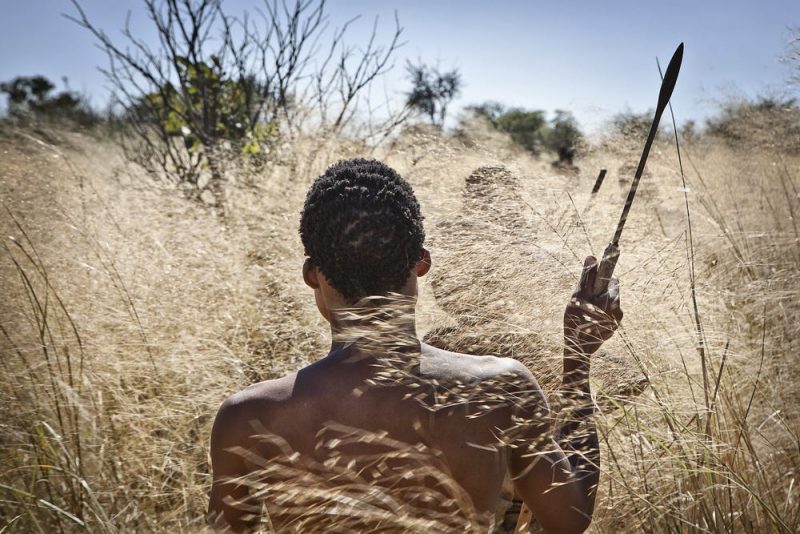
Then many hundreds of thousands of years later, modern humans left Africa, interbreeding with Neanderthals - and eventually Denisovans - as they spread through Eurasia.
"These same events unfolded once again around 50,000 years ago as modern humans expanded out of Africa and into Eurasia, largely replacing the Neanderthals and Denisovans," the study authors wrote.
A population of 'superarchaic humans'
Rogers' team's discovery came after they compared publicly available modern human DNA with ancient DNA. The analysis showed at least four watershed moments in which genetic material passed from one human species to another over the past 1 million years.
Three of those moments matched the results of other studies. But the oldest instance was a new find.
In addition to representing the oldest evidence of human interbreeding on record, the finding is also surprising because the two populations that mated were far less closely related than other human groups previously known to have interbred.
Whereas modern humans and Neanderthals had been on separate branches of the evolutionary tree for about 750,000 years when they interbred, the newly discovered population and the neandersovans had been separated for more than 1 million years.
Several mysteries remain, however. Rogers' team isn't sure what ancient species the superarchaic population belonged to. All they know is genetic evidence suggests the superarchaics separated from our human lineage about 2 million years ago and that ancient humans were living in Eurasia at the time the species separation occurred.
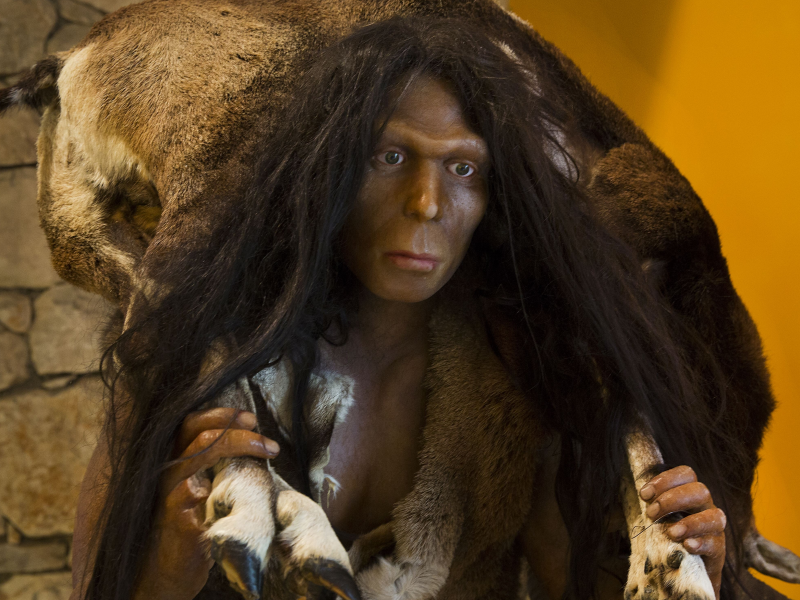
"We've got fossil evidence of humans in Eurasia that dates back to 1.85 million years old," Rogers said.
At least two groups of human species, or taxa, lived in Eurasia during the time the superarchaics broke off from our lineage. One, Homo erectus, was the first of our ancestors to walk upright. The other possible taxon was Homo erectus' younger cousin, Homo antecessor, which inhabited modern-day Spain.
"Any of those taxa might be the superarchaics," Rogers said. "Or they might be some taxon we don't know about yet."
But regardless of which group the superarchaics belonged to, Rogers said, the new evidence of interbreeding offers a glimpse into an ancient time period that researchers know very little about.
"We're just shedding light on an interval on human evolutionary history that was previously completely dark," he said.

